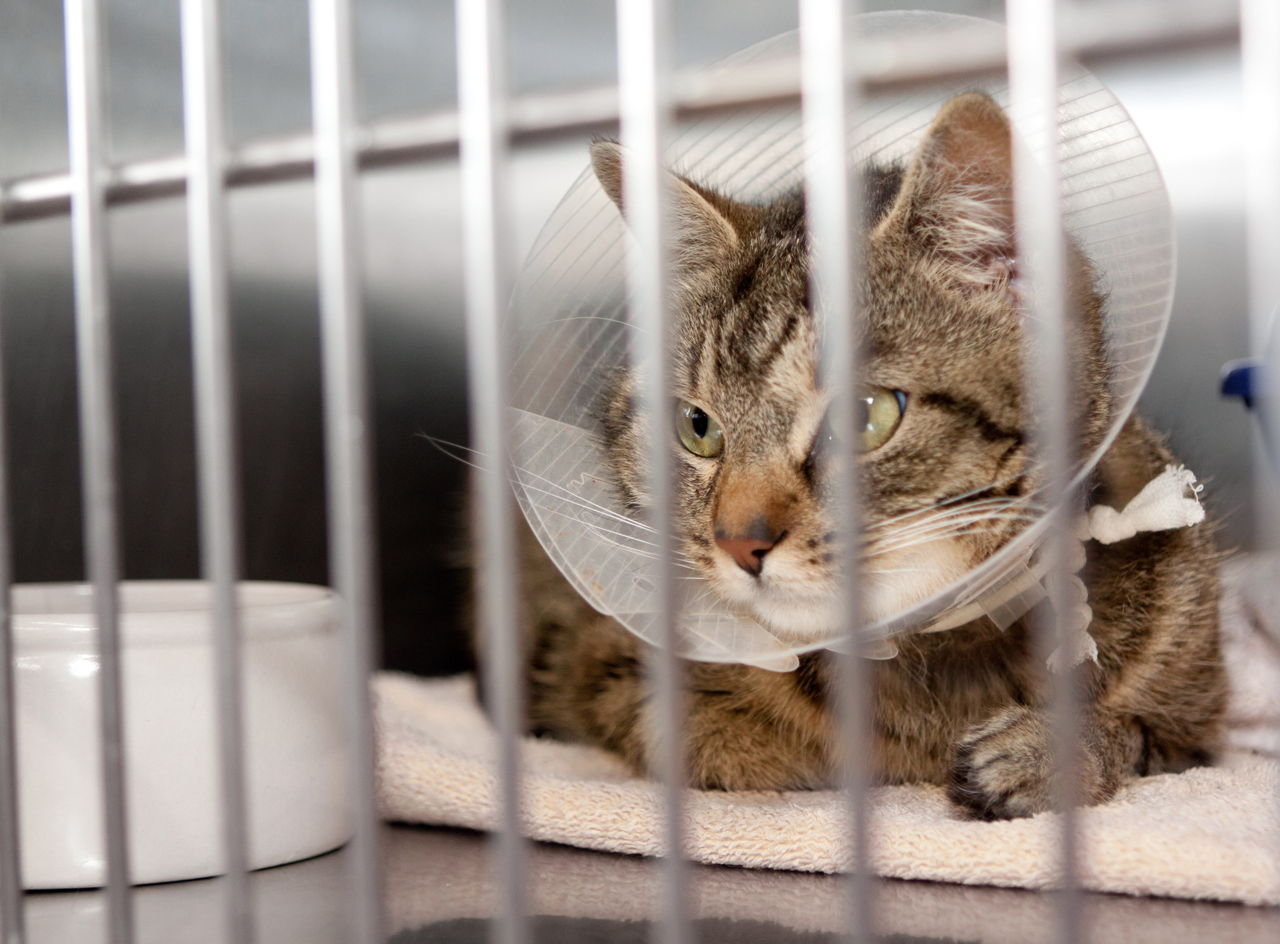
Biting behavior is one of the most unpleasant and nasty habits that cats may develop. This article provides some useful information and tips on how to stop this habit.
Biting should never be accepted as a part of normal feline behavior. The causes and prevention methods of this habit are discussed below. Felines are not like dogs and are also not very difficult to train. Their eccentricities can drive a person insane. They tend to sleep for about 20 hours a day. They show predatory behavior and will pounce on your ankles, as if trying to catch a mouse. They will push your hand away if you try to pet them lovingly. That doesn’t mean they dislike you, it’s just that they are not in the mood to share affection. When in a good mood, they will walk over and rub their body against you. These are all the strange cat traits that you will understand over time. One such painful habit is biting. There are various reasons for this behavior.
I. Teething
A kitten between 3 weeks to 8 months old would be teething. This is when they have the strongest urge to bite. Help them with some chewable toys. This is the best time to make them learn when not to bite. If trained properly, you won’t have a problem once they grow up. Training on this aspect of their behavior maybe a bit difficult, but persistence will help you achieve your goal.
II. Hormones
The second reason for this habit is raging hormones. Males tend to become highly-territorial, which makes them pounce on and bite their owners, which can be painful. At such times, getting them neutered becomes the best option.
III. Declawing
Cats that have been declawed direct their aggression from behavior like scratching to one like biting. They may feel defenseless as the claws are no longer present. If the cat suspects even a tiny threat, it may resort to biting.
IV. Loneliness
Your cat may need another feline companion to overcome boredom. If you notice kittens, you will find that they often bite each other when playing. They don’t get affected or hurt by these bites. The fur on their body may cushion its impact. Thus, your cat may try to bite you as if playing with a feline companion. So, if possible, get it a friend.
V. Attention
Sometimes, the cat may bite when trying to seek attention. You might be busy with your work, watching TV, or doing something else. Biting is your cat’s way of grabbing your attention. It may be hungry or wants the litter tray cleaned.
How to Stop this Habit
The minute your cat starts biting you, give out a loud yell and say NO. You can even blow some air on its face and say NO in a loud and firm voice. When it lets go of your hand, move away from its sight and go to the other room, if possible. When you ignore this act, your cat may realize it has done something wrong.
When your kitten bites you, give it a chew toy. Cats who have been declawed need to be comforted and made to understand that they are under no threat with you. If your cat suddenly bites while playing or petting sessions, you need to move your hands away. You need to observe its body language and know when the attack is expected. If you see it flicking its tail, and notice that the ears are laid-back and the pupils are dilated, it is a warning sign. The minute you see these signs, stop petting and move away. You can even keep a water spray around when interacting with your cat. The minute it tries to bite, squirt water from the bottle. This will sooner or later deter it from biting you.
Another option is to behave like a ‘feline mom’. When your cat bites you, you need to grasp the scruff of its neck. Then, firmly but gently, push it towards the ground and say NO. Make sure you hold it in this position for a couple of seconds. Then release and hope it is a lesson learned.
Controlling your pet’s biting behavior is no child’s play. These methods do work on some cats. Few of them are too stubborn and persistent. You may have to put in extra effort when training them. Cats are masters of their own and will do what they please. Do not panic or hate your cat when it bites you. It is just following its natural instinct. Once you get home a cat, with time, you will be able to understand the different habits and what they mean. Patience, perseverance, and constant efforts will help you change your pet’s behavior.


